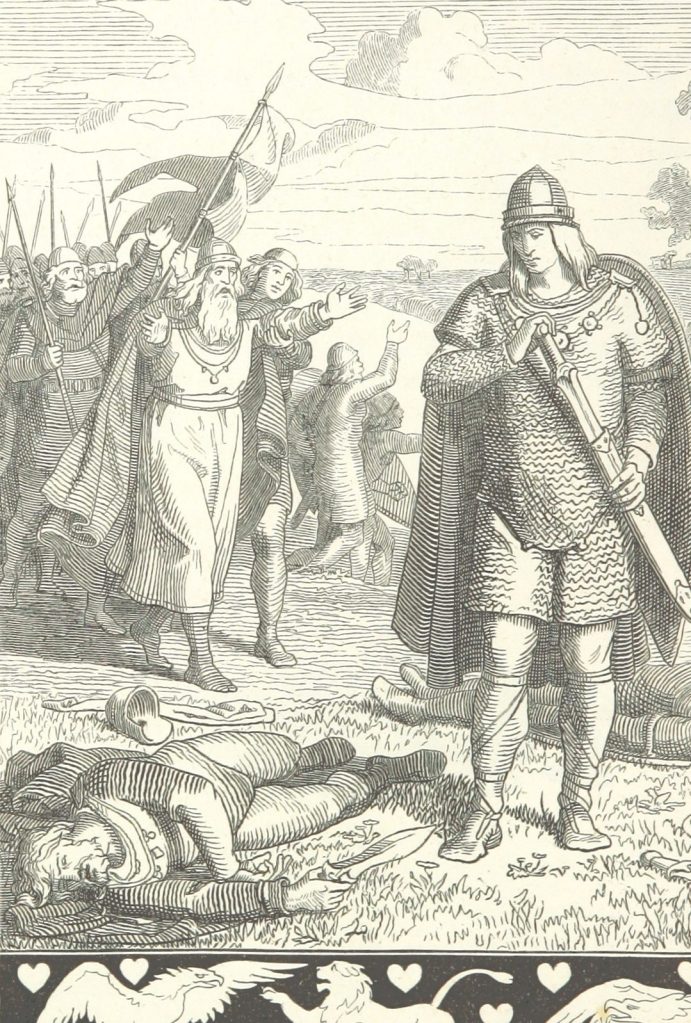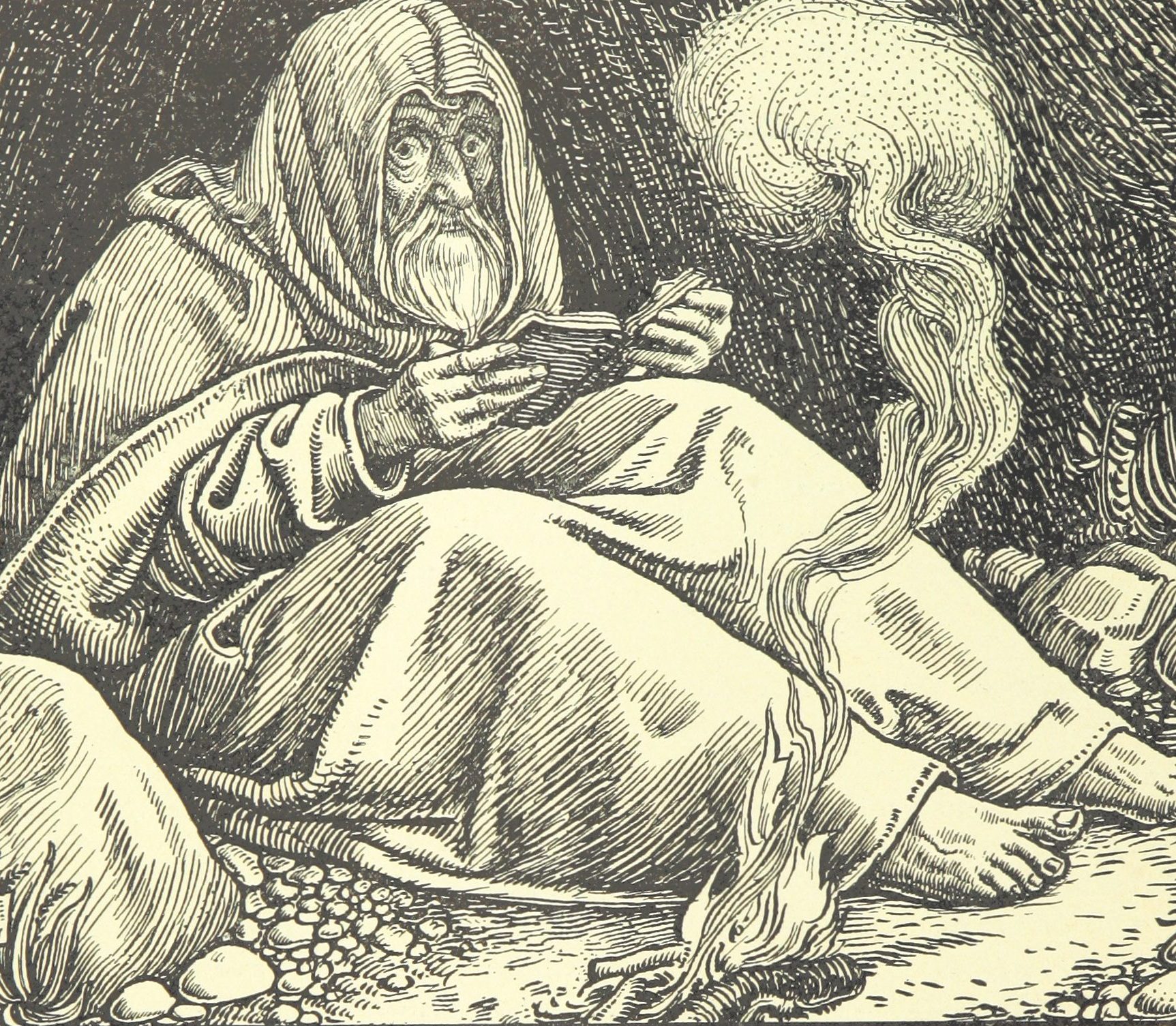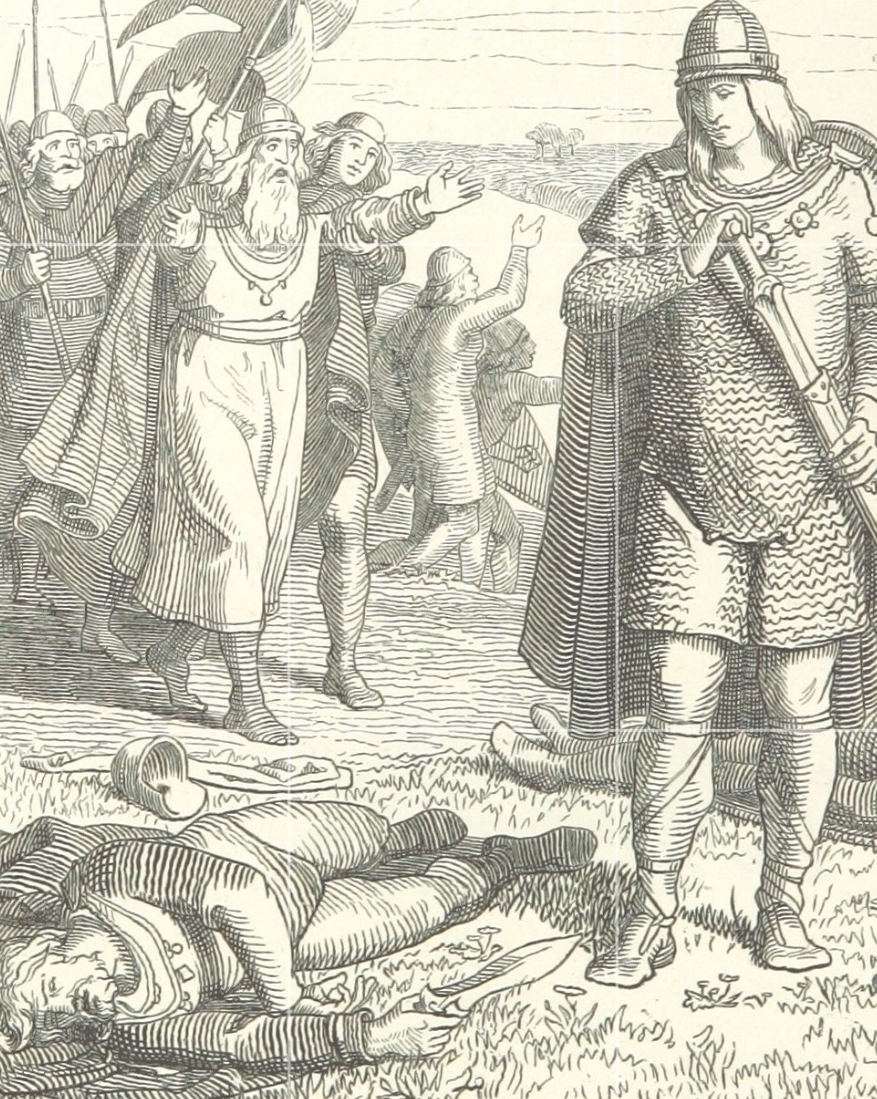SPOILER WARNING: Andor, Game of Thrones
CONTENT WARNING: Violence, Suicide
Sometimes a cliché flies past my senses for years, repeatedly skimmed and discarded by obsequious censors brfore it does any lasting impact. Then some unassuming interaction slaps me across the face like a thornbush I forgot to hold down. And I say: “oh. THATS why people say that!”
In the climactic episode 6 of Andor, after the mission has been achieved at great cost, the titular character pulls out a gun and kills one of his three remaining crewmates without a word. He is quietly monologued at, his motives expertly dissected and his desires catered to, and then in the middle of the other’s sentence -PEW- ded crewmate. I think my opinion on this scene bears out in the YouTube comments. Plenty of strong takes on WHY he did this. Plenty of strong takes on why its worth uploading the clip. Agreement only that the scene was good.
Another climax, episode 10 of season 6 of Game Of Thrones ratchets up the tension as the viewer is quietly shown the plot of the Queen Regent to blow up her enemies at a trial. The slowly rising pitch of the trapped voices alongside the music is still riveting. But the scene that sticks with me comes in silence as the young king sees the aftermath from his secure bedchamber. The camera frames only the window, unmoved for 40 quiet seconds. It opens with an unseen servant taking his leave after softly informing the king. The king, not much more than a boy, lays down his crown out of frame. A few moments pass. Then he returns to frame and spends his last five seconds gracefully exiting his window. We don’t need to see what happens after free-fall.
House of The Dragon is of course not outdone by its predecessor. In episode 3, Daemon hears dissension in the ranks silently. Reads a letter silently. Batters the messenger’s head in….silently.

confused companions
The point of all these scenes is not simply to surprise the viewer. That happens often enough and too often makes the viewer say “uh….okay…didn’t see that coming…but he wouldn’t do that?”. Try bing-ing “[favorite media] + [character assassination]”. No, when done well these scenes are excellent illustrations of character. The action may come unexpectedly but it immediately resonates with or introduces the character’s traits, beliefs, motives, etc. Thus the point of this article:
Escalating the level of violence out of the accepted order1 without explanation or warning is an effective method of exposition.
My advice is to start by using this method during introductions because later incursions take greater care when delivering the intended experience. When the player in your TTRPG meets the local priest during his charity route, that priest summons bears out the words to devour hecklers for their impiety. He takes his god and the the obedience demanded of this land seriously. If he goes uncensured by law of men and god, then the players get a good grasp of how things stand around here.
In the future I might test and research some post-introduction implementations and share my results but for now I provision you with a table of example character introductions:
| Character | Introduction |
| Mercadier: Mercenary Captain | Burns the flayed corpse of a fellow mercenary, little more than a boil faced boy. [Brought pox to the camp from a camp follower] |
| El’whn: Elf Noble | Spears an ambassador through the heart. [30 years of concessions, cursed gifts, and their people are yet wary of war] |
| Galla: Duchess of Highfall | Throws her husband out of a chapel’s stained glass window. [As the inciting incident of rebellion, he did the same against her lord father and later received her in a bargain to elevate himself to nobility] |
| Willoughby: Farmer | Boils the fingertips of a garrison company at the head of a mob. [They tore statues down from the holy place to repair the town walls.] |
| Red Stump Trent: Blacksmith | Nails an elderly customer’s hand into the display case. [Remembers their tattoos from an outlaw decree 66 years and 6 days ago]. |
| Imur: Horse Lord | Starves bankers on a diet of their gold and paper notes. [Considers debt a form of slavery and incompatible with plump peasant villages] |
| Rhysamyr: Wizard | Contorts jester troupe into a hyena pack, leads to a subsequent mauling. [Believes jesters spike drinks to gorge their lust and hoard gold from assassinations. Might be paranoid or a cold-case detective] |
| Whats it to ya: Thief | Chops the ears of a lesser footpad. [Poor underpaid sod failed to keep watch during a heist, or failed to learn when the town guard switched the patrol schedule] |
| Hilgarm: Giant | Feeds band of hillway travelers to flock of ducks like bits of bread. [They rest their unclean orifice upon the rockbones of Ymir] |
| Breiya: Foreigner | Demands trial by widows to strip the town crier of their right to clothing. [Family/honor insulted and shoved to ground by town crier] |
| Sir Jyldric: Exiled Knight | Ties three retainers to their horses and slaps the rear to cause a gallop. [Heard the faith of a highborn called into question] |
| Crow-Eye: Prophet | Sets a farmstead’s final harvest aflame. [Denied hospitality because they claimed the heir’s ongoing wedding feast was enough cost] |
| The Brothers Gormachov: Fishermen | Removes the eyes of every monk at Redbend Hollow [Their parents and children were not buried with coin-tolls in the mouth] |
1. For more on the order of violence as determined by social mores see http://whosemeasure.blogspot.com/2022/10/violence-as-escalating-threat.html?m=1 or read law codes related to the degrees of murder + castle doctrine

